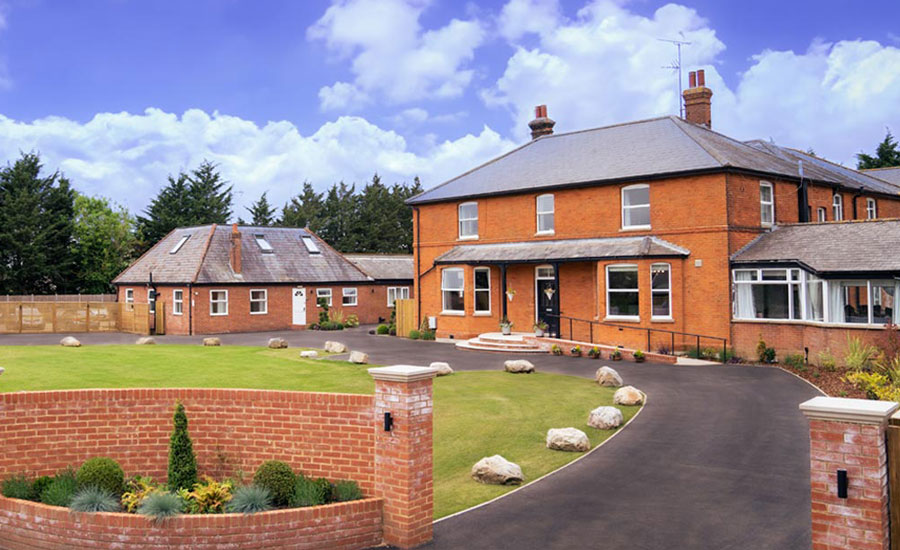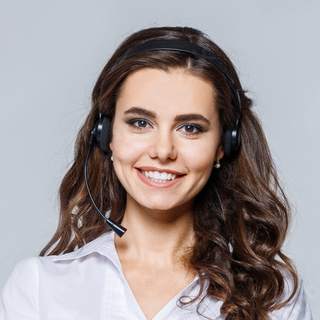Inside the Safety Systems of Modern Care Homes

When selecting a care home for your loved one, safety isn’t just a nice thing to have – it’s essential. You want to know your loved one is protected, well cared for and secure at all times. But what exactly does that look like?
This article will break down the key safety and security measures every care home should have so you can make an informed choice that feels right for your family.
What Security Measures Are In Place In Care Homes?
Care homes ensure resident safety with:
- Secure entry systems such as keycards, PINs and visitor logs.
- CCTV monitoring in communal areas.
- Fire safety protocols with alarms, emergency exits and drills.
- Fall prevention measures like grab rails, motion sensors and non-slip floors.
- Health monitoring devices like wearables and vital sign trackers.
- 24/7 staff support and emergency response training.
- Medication management systems to prevent errors.
- Data protection systems to secure personal information.
- Wander prevention systems (like door alarms and GPS trackers) for vulnerable residents.
Health and Personal Safety Protocols
Keeping residents safe goes hand-in-hand with keeping them healthy, and modern care homes take this responsibility very seriously. These protocols, from fall prevention to medication management, ensure residents receive the care they need while avoiding unnecessary risks.
Preventing Falls Before They Happen
Falls are one of the most common risks in care homes, but the best facilities take a proactive approach to prevention. Measures include:
- Risk assessments – Identifying residents at higher risk and creating tailored plans.
- Environmental adjustments – Non-slip flooring, grab rails in hallways and bathrooms and motion-activated lights for night-time visibility.
- Fall detection sensors – Smart sensors in rooms or wearables that alert staff immediately if a resident falls.
24/7 Health Monitoring
Round-the-clock care means staff closely monitor residents’ health with tools and systems that allow them to spot issues before they escalate. Care homes use:
- Wearable health monitors
- Regular check-ins
- Quick response systems
The result? Residents get help when needed and families can rest easy knowing someone is always watching out for their loved one.
Medication Management Made Safer
Managing medications for multiple residents is quite a big task, but premium care homes use digital systems to make them much safer and more efficient. These systems ensure:
- The right medication is given at the right time and dose.
- Staff receive automatic reminders, reducing the chance of human error.
- Full tracking and transparency so families and medical professionals can see what’s been administered.
Emergency Response Plans That Work
We can’t predict emergencies, but we can be prepared. Care homes have clear, practised protocols for scenarios like medical incidents, falls or sudden illness. Care staff are trained to:
- Respond calmly and quickly.
- Use first aid and emergency equipment effectively.
- Communicate clearly with families and medical professionals when needed.
Ready to explore...
Security for Vulnerable Residents in Care Homes
Caring for residents with dementia or other vulnerabilities requires extra thought, care and proactive safety measures. The best care homes strike a balance between protection and freedom, ensuring residents are safe without feeling overly restricted.
Preventing Wandering
Wandering is a common challenge for residents with dementia, but modern care homes have some subtle measures to keep them safe:
Door Alarms and Alerts
Discreet systems that notify staff if a resident tries to leave a secure area.
Wander Prevention Technology
GPS trackers built into wearables, like wristbands, allow staff to locate residents quickly without disrupting their independence.
Secure Outdoor Spaces
Enclosed gardens and courtyards allow residents to enjoy fresh air and sunlight safely without risking wandering off.
It’s about creating freedom within safe boundaries – allowing residents to move, explore and enjoy their environment without danger.
Customised Safety Plans
Each resident’s needs differ. Good care homes create personalised safety plans to address specific vulnerabilities:
Increased check-ins for those at higher risk of falls or confusion.
Motion sensors or fall detection tools in rooms to alert staff to unusual activity.
Supervised routines that build structure, reassurance and safety into daily life.
Emotional Safety and Reassurance
For residents with dementia, emotional safety is just as important as physical security.
Confusion and anxiety can make unfamiliar environments feel overwhelming, so care homes focus on the following:
- Consistency – Familiar routines, friendly faces and predictable surroundings.
- Calming environments – Well-lit spaces, quiet zones and simple, reassuring signage to reduce stress.
- Specialist training – Staff highly trained in dementia care use techniques like redirection and calm communication to support residents with compassion and patience.
Care Home Safety You Can See and Feel
The best care home creates an environment where physical safety, dignity and quality of life all come together.
From innovative technology to well-trained staff, these measures are what make care homes a place where residents can truly feel settled and secure.
If the time has come for your loved one to move into a residential home, don’t be afraid to dig into the details. Ask questions, look for the systems that matter and trust your instincts. When you find a care home that gets safety right, you’ll know – you’ll feel it.
Because an ultra-safe care home is the best peace of mind for you and a better quality of life for the people you care about most.
Ready to explore...
